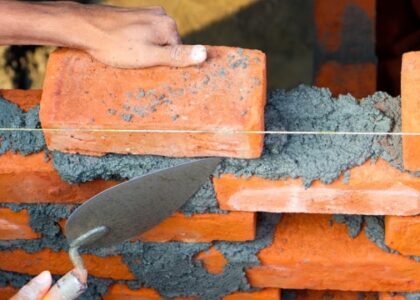Understanding the risk posed by pests is crucial for maintaining a healthy environment in homes, businesses, and agricultural settings. A pest risk assessment is a systematic approach that evaluates the likelihood of pest infestations and their potential impacts. By identifying vulnerabilities and implementing preventive measures, individuals and organizations can safeguard their properties and well-being. This article will explore the significance of pest risk assessments, methodologies for conducting them, and best practices for mitigating pest risks.
Understanding Pest Risk Assessment: Definition and Importance
A pest risk assessment is a comprehensive evaluation that determines the potential severity and likelihood of pest-related issues. This process is vital for preventing infestations that can lead to property damage, health hazards, and economic losses. Pests, such as rodents, termites, and insects, can compromise structural integrity, contaminate food supplies, and pose health risks through the transmission of diseases. By proactively assessing pest risks, homeowners and business owners can take necessary precautions to minimize vulnerabilities and enhance their defense against potential infestations.
Methodologies for Conducting Pest Risk Assessments
Conducting an effective pest risk assessment involves several methodologies that help identify the presence of pests and evaluate the level of risk they pose. Some common techniques include:
Visual Inspections
One of the most straightforward methods is performing visual inspections of the premises. This involves examining areas where pests are likely to hide or enter, such as basements, attics, and around doors and windows. Inspectors look for signs of pest activity, such as droppings, gnaw marks, or nests. Regular inspections help detect early signs of infestations, allowing for timely intervention.
Data Analysis
Data analysis is another key component of pest risk assessment. This involves collecting and examining historical data related to pest occurrences in a specific area. Factors such as climate, geography, and past infestations can provide insights into the likelihood of future pest problems. By understanding patterns and trends, property owners can make informed decisions on preventative measures.
Risk Mapping
Risk mapping is a visual tool used to identify and prioritize areas that are more susceptible to pest infestations. By overlaying data from inspections and analyses, property owners can create a comprehensive map that highlights high-risk zones. This information allows for targeted pest management strategies, ensuring that resources are allocated effectively.
Best Practices for Mitigating Pest Risks in Homes and Businesses
Once a pest risk assessment has been conducted, the next step is implementing best practices to mitigate identified risks. Here are several strategies that homeowners and businesses can adopt:
Regular Monitoring
Consistent monitoring is essential for maintaining a pest-free environment. This includes routine inspections and tracking pest activity over time. Property owners should remain vigilant and report any unusual signs of pest presence immediately. Early detection is key to preventing widespread infestations.
Proper Maintenance
Maintaining the property is an effective way to reduce pest risks. This includes sealing cracks and gaps in walls, ensuring proper drainage, and keeping areas free of clutter. Regularly cleaning and organizing spaces can deter pests from establishing themselves. Additionally, proper food storage and waste management practices can minimize attractants.
Education and Training
Educating staff and family members about pest identification and prevention is crucial. Providing training on recognizing signs of infestations and understanding the importance of hygiene can empower everyone involved to contribute to pest management efforts.
Conclusion
In conclusion, a proactive approach to pest management through a thorough pest risk assessment is vital for protecting health and property. Infestations can lead to significant consequences, including structural damage and health issues. By utilizing effective methodologies and implementing best practices, individuals and organizations can significantly reduce the risk of pest problems. For more information on pest risk assessment and management strategies, you may visit Mundo das Pragas.







